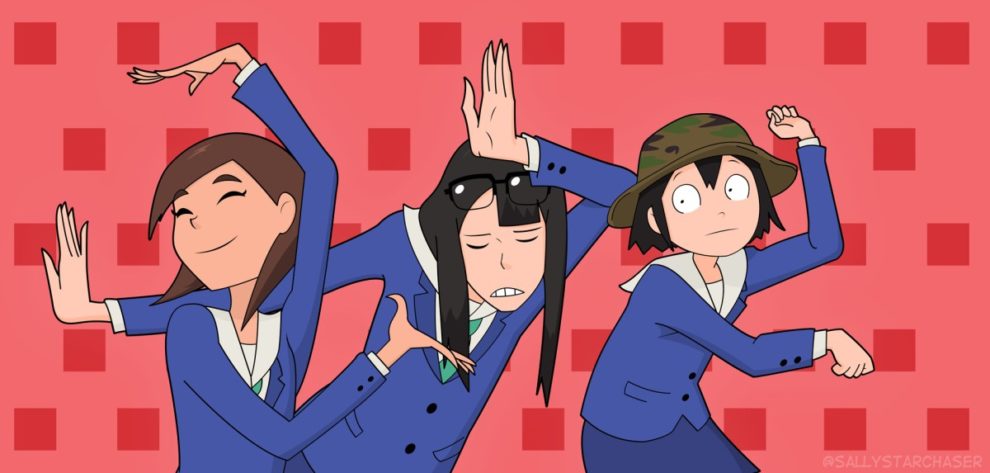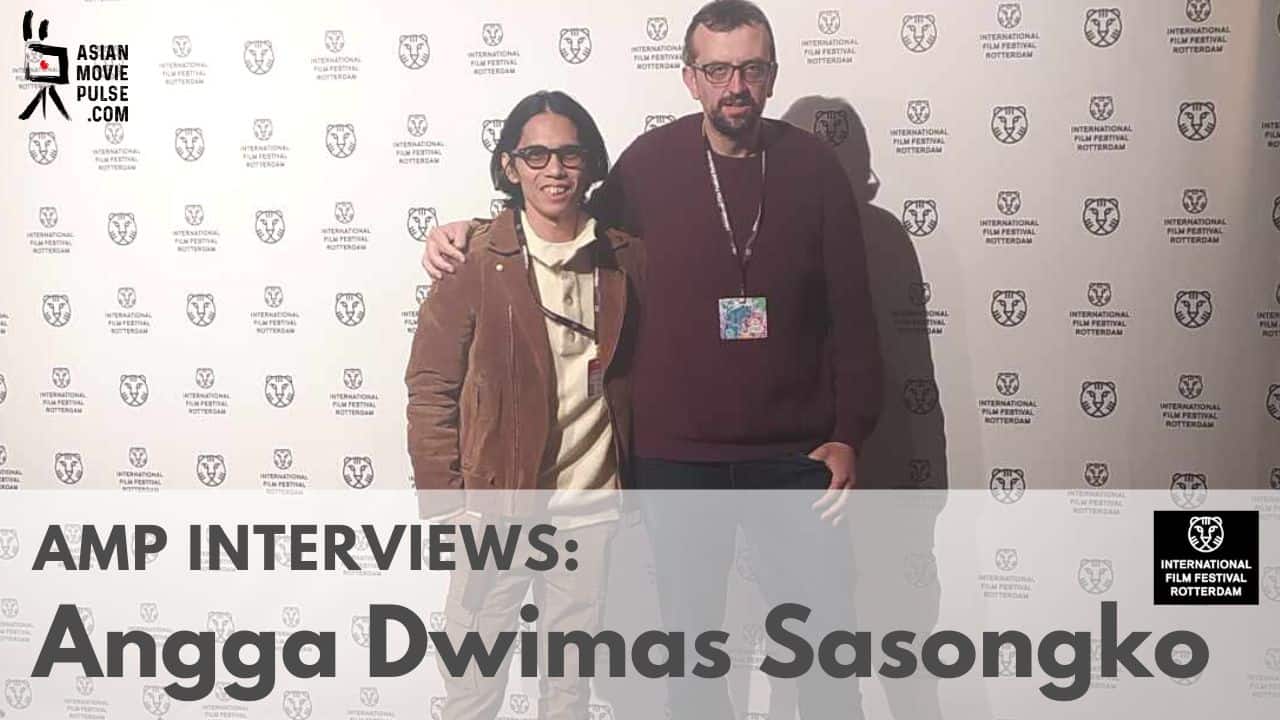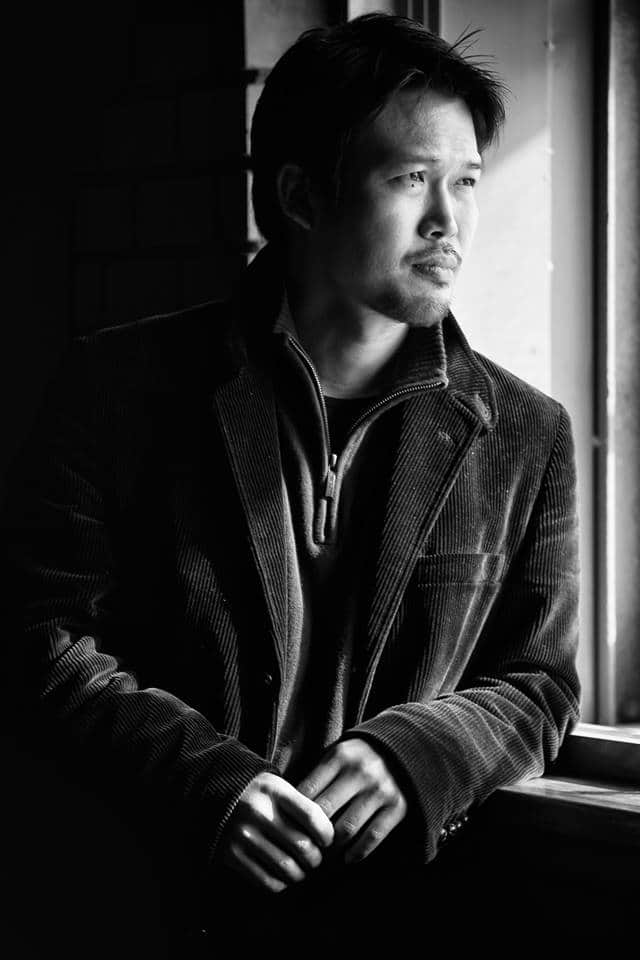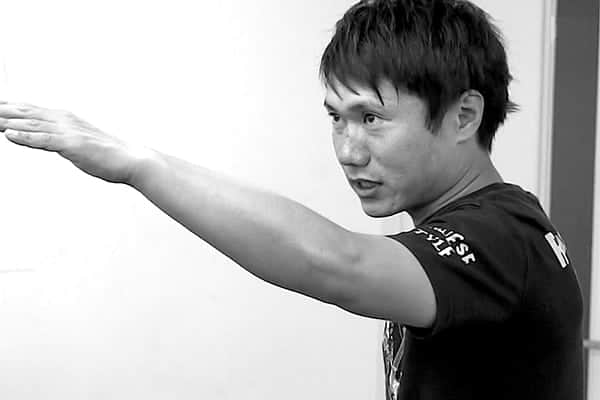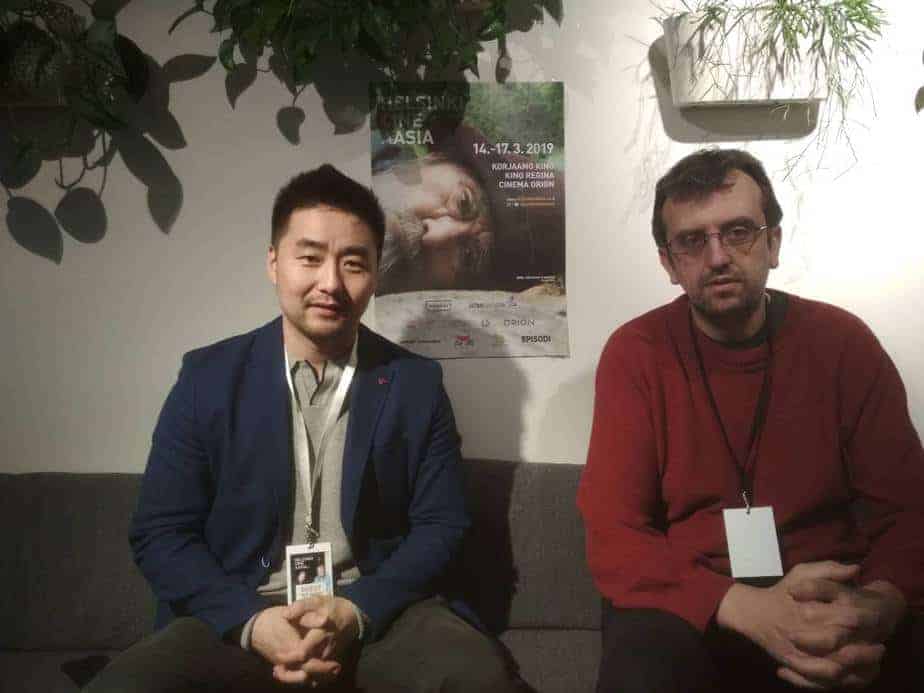The truth remains that whatever one talks about regarding the anime industry this year, the success of “Demon Slayer: Kimetsu no Yaiba the Movie” overshadows everything in the category. However, the year was once more quite good for the industry, at least content-wise, with a number of titles that are bound to make an impact in the future coming to the fore. A number of new trends also appeared, with two titles that focus on the humanization of animals, a number of ones that presented a distinctly European setting, and a number of series that were original, not based on manga that is. Lastly, Masaaki Yuasa proved, once more, that he is on the very top of anime directors.
Without further ado, here are the 10 Best Anime Series of 2020, in a list that includes titles whose season or the whole series ended in 2020, with the exception of “Beastars” which ended at December 26 2019, but I decided to include it in the end. A number of other great titles also ended around that date (Vinland Saga for example) but I felt more than one would somewhat “ruin” the list.
10. My Hero Academia Season 4 (Kenji Nagasaki)
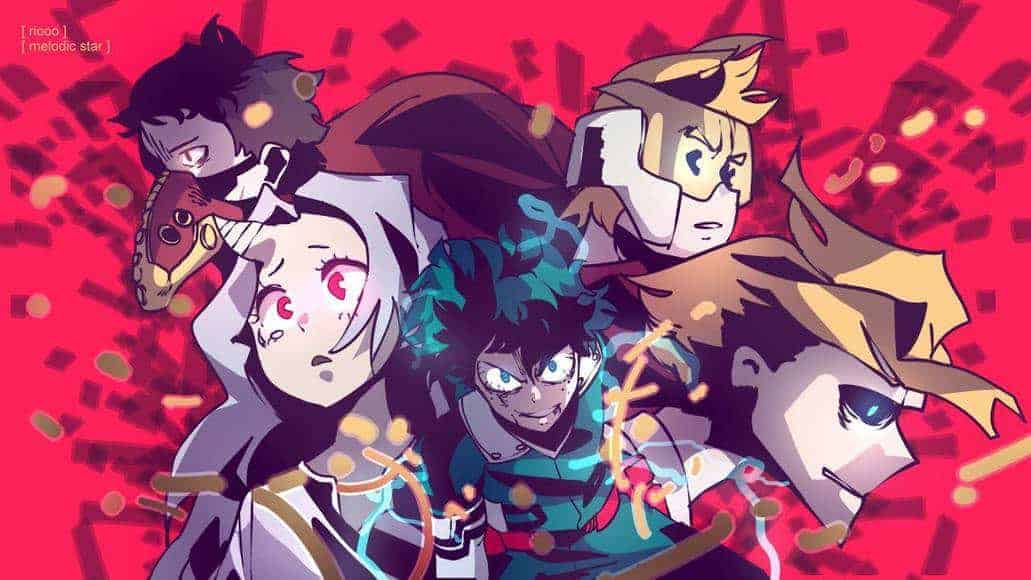
Kenji Nagasaki introduces new characters (villains, heroes and others) almost constantly, to the point that some have to die if he is to keep the story compact and coherent, something that does actually happen in this season. The role of the press and public opinion, which are the main elements that make “Academia” stand out from the plethora of shonen titles, are here once more, particularly regarding the aftermath of All Might's burnout and the search for a new symbol of peace. The appearance of a cunning journalist that wants to learn more about All Might's successor also adds to this part. The group of youths and the way they mature and grow up through hardship and effort also continues in this season, as much as the revealing of secrets regarding the past and the introduction of new questions that remain unanswered.
Watch This Title
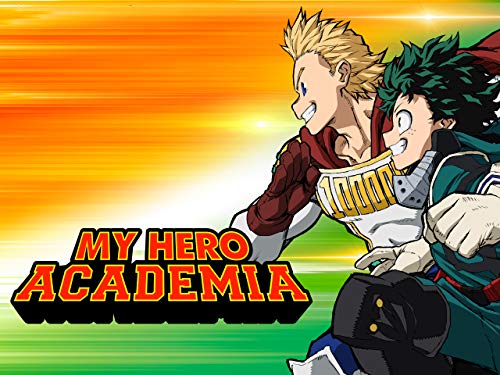
9. Brand New Animal (Yoh Yoshinari)

The writing by Kazuki Nakashima and the direction by Yoh Yoshinari set the tempo from the beginning, as the frantic action begins from the first frame, just before we are introduced to a setting that can be easily described as a ghetto/refugee camp. In that fashion, the story includes people who attack those who want to go out or even get in Anima city, along with the whole concept of legal country borders. Racism, in the form of misjudging the kind of animal each character is (confusing a mink with a weasel for example is presented in a way that reminds of confusing an Indian with a Pakistani). Organized crime that extends to people trafficking and of course, illegal gambling. A mayor who tries to do everything she can, consequently coming against obstacles presented by the government. Big pharmaceuticals playing a significant role in what is happening in the city. Pop culture, folklore, and a cult that work as population control methods and are quite difficult to fight against, both physically and to their rhetoric. For anyone who has dealt with the refugee issue, these are quite common elements usually associated with the refugee camps around the world.
8. Deca-Dence (Yuzuru Tachikawa)
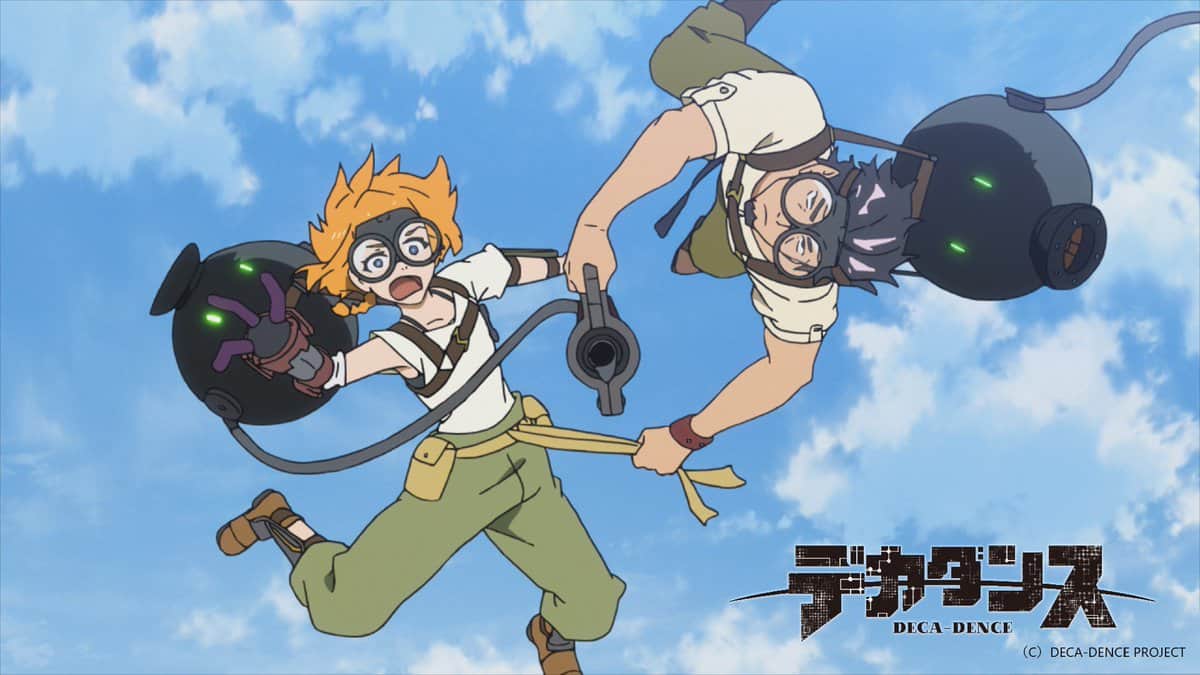
The series begins with a number of known “loans”, with the elements from “Attack on Titan” and “Mortal Engines” being more than obvious and the first episode looking like a copycat. However, from the second episode on, and while one could say that the loans continue, this time from “Sword Art Online”, the series takes a whole other direction. To begin with, and while it is introduced that what we saw in the first part was nothing more than a MMORPG style game, the characters are now turned into avatar/retro-like ones, and in a style much reminiscent with “Spongebob Squarepants“.
Buy This Title
7. Somali and the Forest Spirit (Kenji Yasuda)

His complete lack of care for himself creates a wonderful relationship between the two, with both of them enjoying their benefits, although in rather different fashion: Golem in giving, Somali in receiving. Furthermore, Golem also has to learn, at some point, that being overprotective and quite strict can have opposite results than what he intended, while Somali has to learn how to be more sensible and responsible, in an obvious coming-of-age element that actually extends to both. That Somali's life is in constant danger for being a human also adds another level to the aforementioned and a constant sense of danger to the narrative that works quite well through the antithesis with the overall basis of calmness. Furthermore, this aspect can be interpreted as a metaphor for racism and the whole issue with immigrants, with particularly the former being explored through a number of episodes that highlight the fact that racism usually comes in both ways.
Watch This Title on Crunchyroll
by clicking on the image below
6. Dorohedoro (Yuichiro Hayashi)
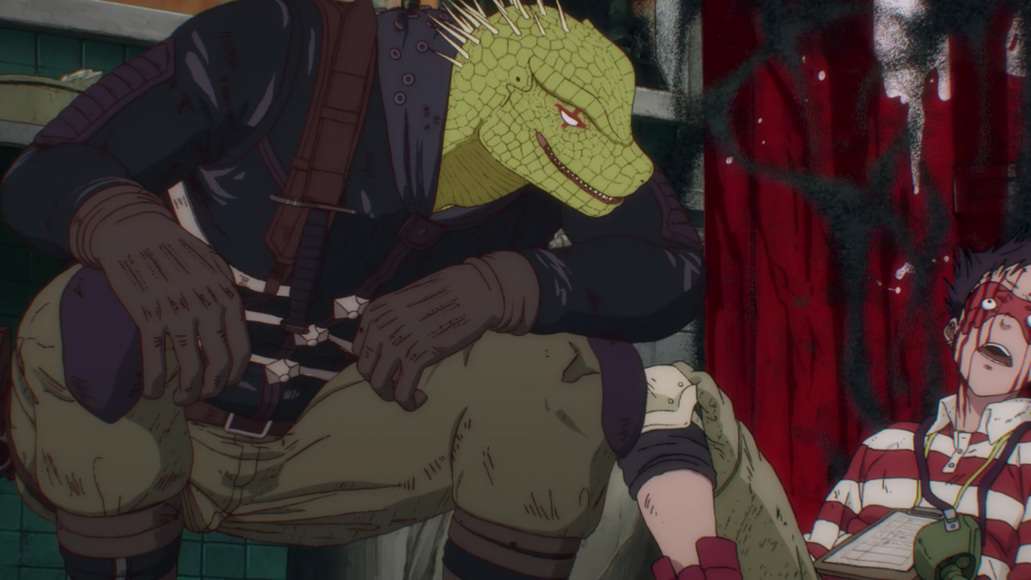
“Dorohedoro” presents a world unlike any other, offering a rich amalgamation of diverse inspirations. Consequently, this landscape transforms into something wholly original, even within the noticeable homages to various genres and styles. That is not to say that some common anime tropes do not exist within the series, but the way the world and people interact with these characters gives them a certain unique nuance within the medium. Ultimately, the unique tone of the show can best be summarized in three separate elements: the use of magic, environments, and character design. (Adam Symchuk)


